What is Cystitis?
Urinary tract infections (UTIs) are caused by pathogenic microorganisms in the urinary tract.
- Cystitis is the inflammation of the urinary bladder.
- There can be acute or chronic nonbacterial causes of inflammation that can be misdiagnosed as bacterial infections.
- Several mechanisms maintain the sterility of the bladder: the physical barrier of the urethra, urine flow, ureterovesical junction competence, various antibacterial enzymes and antibodies, and anti-adherent effects mediated by the mucosal cells of the bladder.
Pathophysiology
The process of infection occurs as such:
- Entry. For infection to occur, bacteria must gain access to the bladder.
- Attachment. The bacteria then must attach to and colonize the epithelium of the urinary tract to avoid being washed out with voiding.
- Evasion. The bacteria evade host defense mechanisms.
- Inflammation. After the bacteria has evaded the defense mechanism of the body, inflammation now starts to set in.
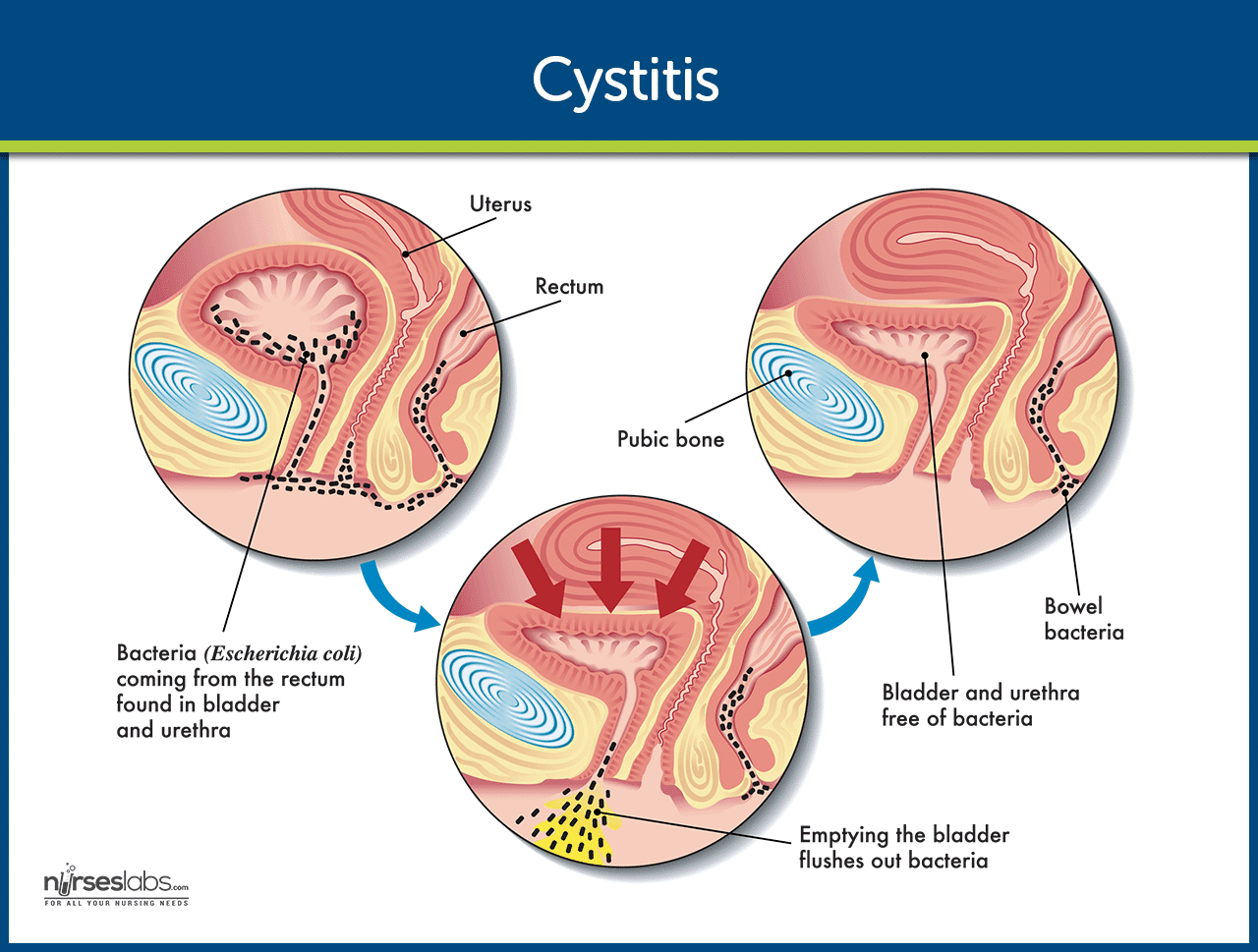
Statistics and Incidences
A urinary tract infection is the second most common infection in the body.
- Most cases of cystitis occur in women; one out of every five women in the United States will develop a UTI during her lifetime.
- Approximately 11.3 million women are diagnosed with UTIs in the United States annually.
- Cystitis is nearly ten times more common in women than in men and affects about ten percent to twenty percent of all women at least once.
- Lower UTI is also a prevalent bacterial disease in children, with girls again most commonly affected.
Causes
Cystitis usually occurs due to:
- Bladder incompetence. The inability to empty the bladder completely could lead to infection.
- Bladder tumors. Urine flow is obstructed by the tumor, causing urinary stasis.
- Decreased natural host defenses. Immunosuppression and a weak immune system could predispose the patient to infection.
- Ascending infection. More lower UTIs result from ascending infection by a single, gram-negative, enteric bacterium such as Escherichia coli, Klebsiella, Proteus, Enterobacter, Pseudomonas, and Serratia.
- Shortness of the female urethra. The high incidence of lower UTI among women may result from the shortness of the female urethra, which predisposes women to infection caused by bacteria from the vagina, perineum, rectum, or a sexual partner.
Clinical Manifestations
A variety of signs and symptoms are associated with cystitis.
- Burning. A sensation of burning upon urination is felt.
- Frequency. The patient experiences voiding more than every three (3) hours.
- Nocturia. The patient experiences awakening at night to urinate.
- Dysuria. There is difficulty in urinating.
- Urethral discharge. The presence of discharge is also possible, especially in males.
Prevention
Following a few, simple steps can help reduce the risk of acquiring urinary tract infection.
- Maintain hydration. Suggest drinking plenty of fluids, especially water.
- Urinate promptly. Tell the patient to urinate promptly whenever the urge arises; urination shouldn’t be restricted for a long time after the urge to void is felt.
- Maintain hygiene. Wiping from front to back after urinating and after bowel movement helps prevent bacteria in the anal region from spreading to the vagina and urethra.
- Sexual hygiene. After intercourse, the bladder should be emptied as soon as possible.
- Avoid irritation. Use of deodorant sprays and other feminine products, such as douches and powders, should be avoided because that may irritate the urethra.
Assessment and Diagnostic Findings
Results of various tests, such as bacterial colony counts, cellular studies, and urine cultures, help confirm the diagnosis of cystitis.
- Microscopic urinalysis. Microscopic urinalysis shows red blood cells and white blood cells greater than ten/high-power field suggesting UTI.
- Urine culture. Urine cultures are useful for documenting cystitis and identifying the specific organism present.
- Cellular studies. A patient with cystitis usually has microscopic hematuria and pyuria.
- Leukocyte esterase test. A multiple-test dipstick often includes testing for WBCs and nitrite testing.
- CT scan. A CT scan may detect pyelonephritis or abscesses.
- Ultrasonography. Ultrasonography is extremely sensitive for detecting an obstruction, abscesses, tumors, and cysts.
Medical Management
Management of cystitis typical involves pharmacologic therapy and patient education.
Pharmacologic Therapy
Appropriate antimicrobials are the treatment of choice for most initial lower UTIs.
Antibiotic Therapy
- Few side effects. The ideal medication for treatment is an antibacterial agent that eradicates bacteria with minimal effects on fecal and vaginal flora.
- The length of treatment. Recent studies suggest that a single dose of antibiotic or an antibiotic regimen of 3 to 5 days length may be sufficient to render the urine sterile.
- Drug of choice. Single-dose antibiotic therapy with amoxicillin or trimethoprim and sulfamethoxazole may be effective in females with acute noncomplicated UTI.
- Urine culture. A urine culture taken 1 to 2 weeks later indicates whether or not the infection has been eradicated.
Nursing Management
Nursing care of patient with cystitis focuses on treating the underlying infection and preventing its recurrence.
Nursing Assessment
The following are assessed in a patient with cystitis:
- Manifestations. The presence of pain, frequency, urgency, hesitancy, and changes in the urine are assessed, documented, and reported.
- Pattern of voiding. The patient’s usual pattern of voiding is assessed to detect factors that may predispose him or her to UTI.
- Characteristics of urine. The urine is assessed for volume, color, concentration, cloudiness, and odor, all of which are altered by bacteria in the urinary tract.
Nursing Diagnosis
Based on the assessment data, the nursing diagnoses may include the following:
- Acute pain related to infection within the urinary tract.
- Deficient knowledge about factors predisposing the patient to infection and recurrence, detection and prevention of recurrence, and pharmacologic therapy.
Nursing Care Planning & Goals
Major goals for the patient may include:
- Relief of pain and discomfort.
- Increased knowledge of preventive measures and treatment modalities.
- Absence of complications.
Nursing Interventions
The care plan should include religious patient teaching, supportive measures, and proper specimen collection.
- Education. Explain the nature and purpose of the antibiotic therapy and emphasize the importance of completing the prescribed course of therapy or, with long-term prophylaxis adhering strictly ti the ordered dosage.
- Increase fluid intake. Urge the patient to drink plenty of water (at least eight glasses a day) and stress the need to maintain a consistent fluid intake of 2L/day.
- Prescribed juices. Fruit juices, especially cranberry juice, and oral doses of vitamin C may help acidify the urine and enhance the action of the medication.
- GI disturbance. Watch for GI disturbances from antimicrobial therapy, and administer nitrofurantoin crystals with milk or a meal to prevent such distress.
- Relieve pain. Suggest a warm sitz bath for relief of perineal discomfort, or apply heat sparingly to the perineum but be careful not to burn the patient.
- A collection of specimen. Teach the woman to clean the perineum properly and keep the labia separated during voiding because a non contaminated midstream specimen is essential for accurate diagnosis.
Evaluation
Expected patient outcomes include:
- Relief of pain and discomfort.
- Increased knowledge of preventive measures and treatment modalities.
- Complications are absent.
Discharge and Home Care Guidelines
The nurse should help the patient learn about and prevent or manage recurrent cystitis.
- Personal hygiene. The patient should be informed to wipe from front to back after urination or bowel movement, and also to wear cotton underwear.
- Increase fluids. The patient should increase fluid intake to promote voiding and dilution of the urine.
- Patterns of voiding. Voiding regularly and emptying the bladder completely would avoid recurrent infection.
- Compliance. Strict compliance with the medication regimen ensures non resistance of bacteria from the drug.
Documentation Guidelines
The focus of documentation in a patient with cystitis include:
- Client’s description of the response to pain.
- Specifics of pain inventory.
- Expectations of pain management.
- Acceptable level of pain.
- Prior medication use.
- Learning style.
- Identified needs.
- Presence of learning blocks.
- Plan of care
- Teaching plan.
- Response to interventions, teaching, and actions performed.
- Attainment or progress toward desired outcomes.
- Modifications to plan of care.
See Also
Posts related to Cystitis:


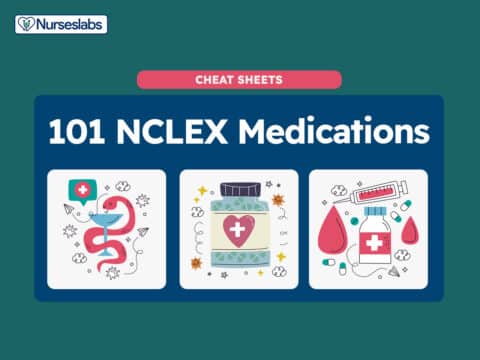

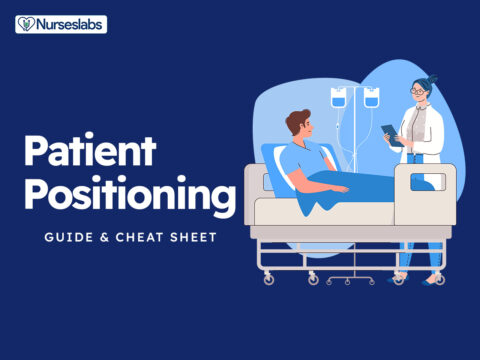


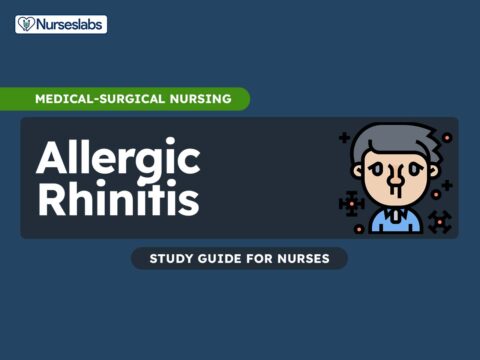
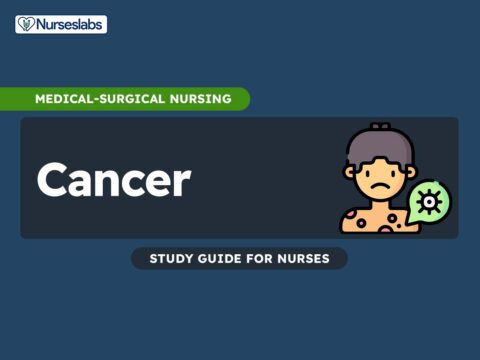




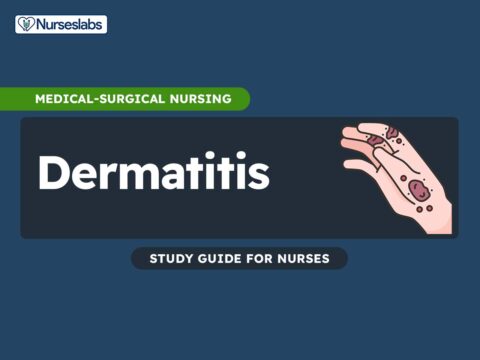
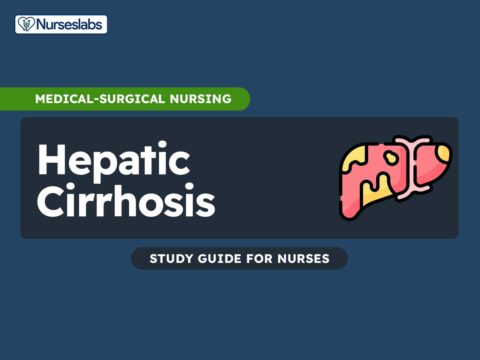
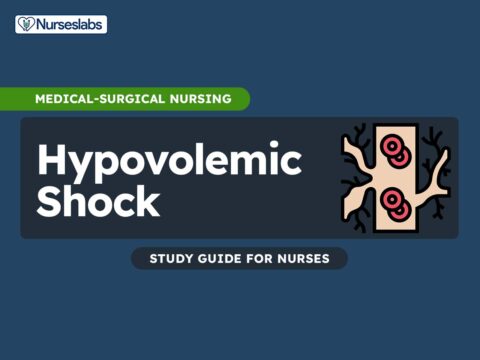

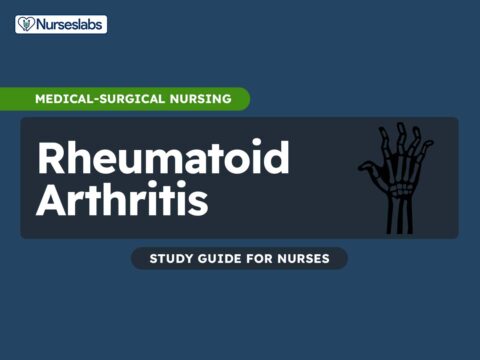

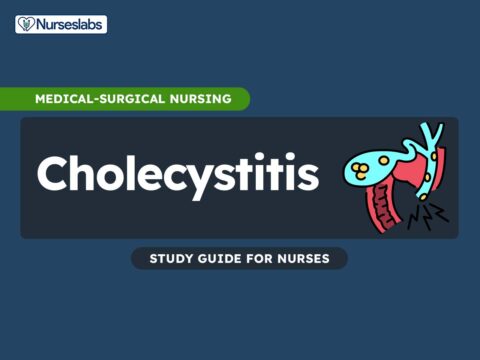
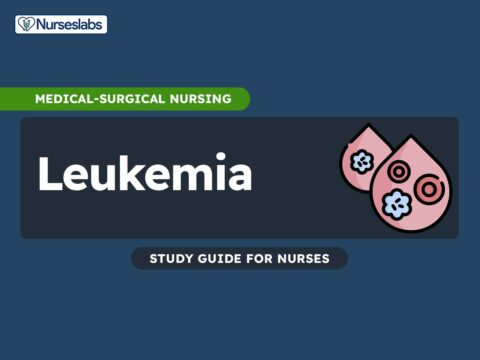
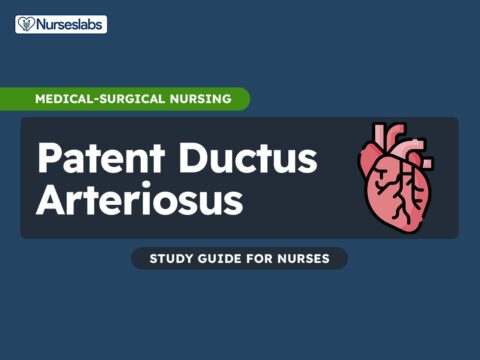

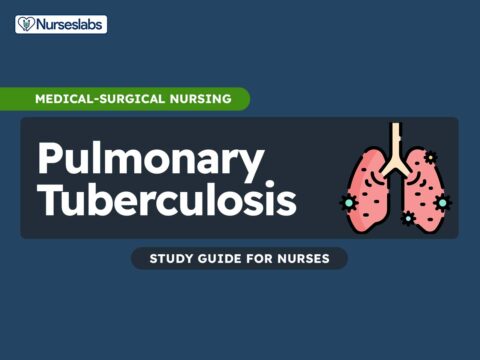
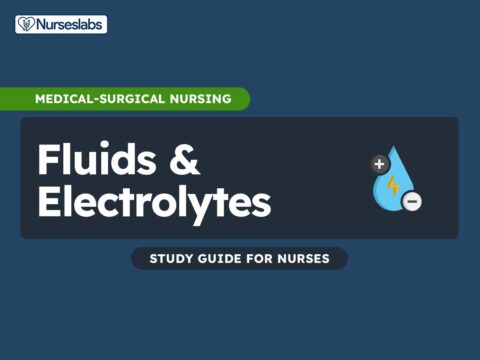


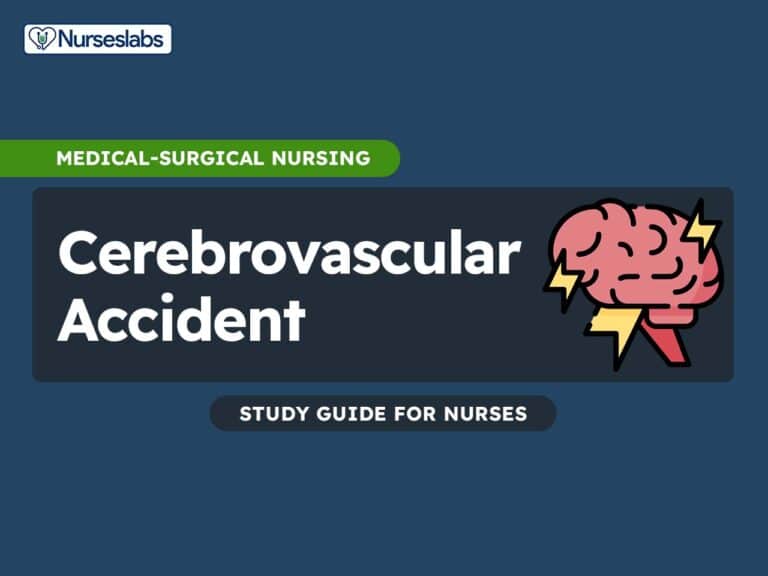




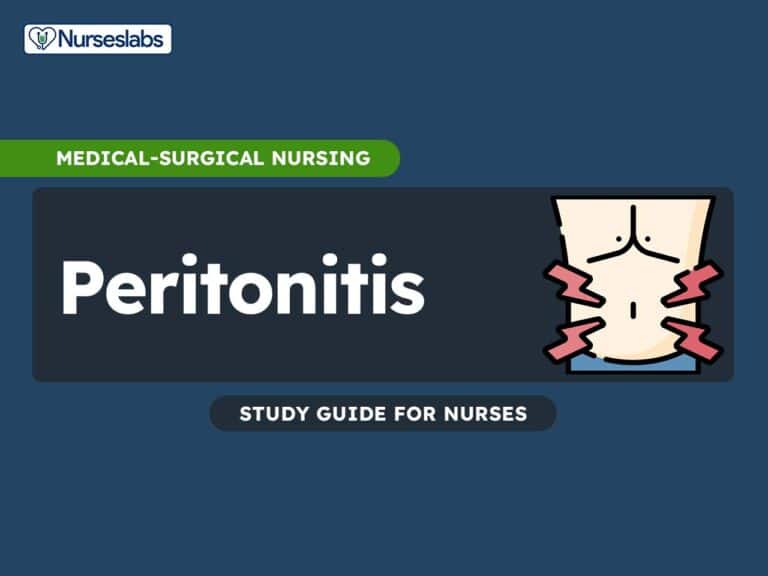

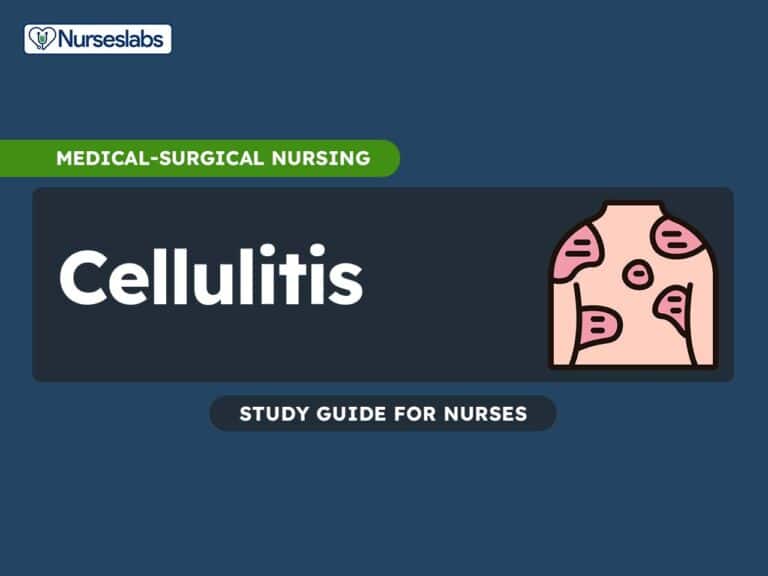

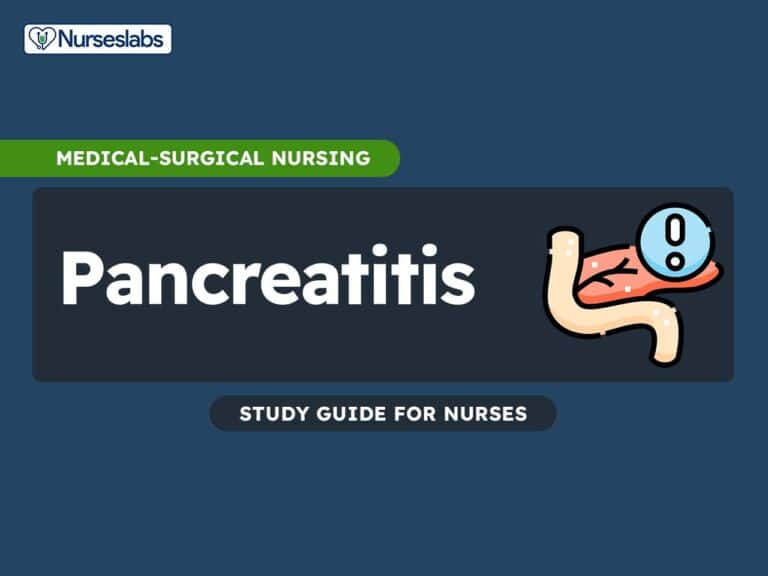
Leave a Comment